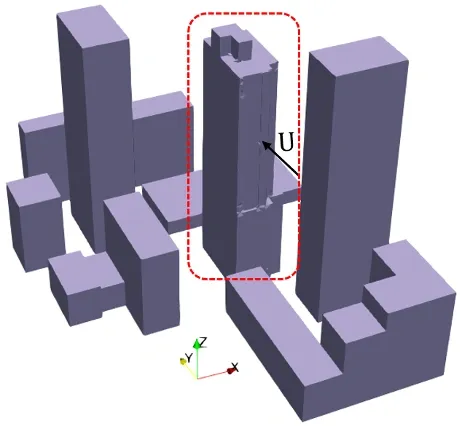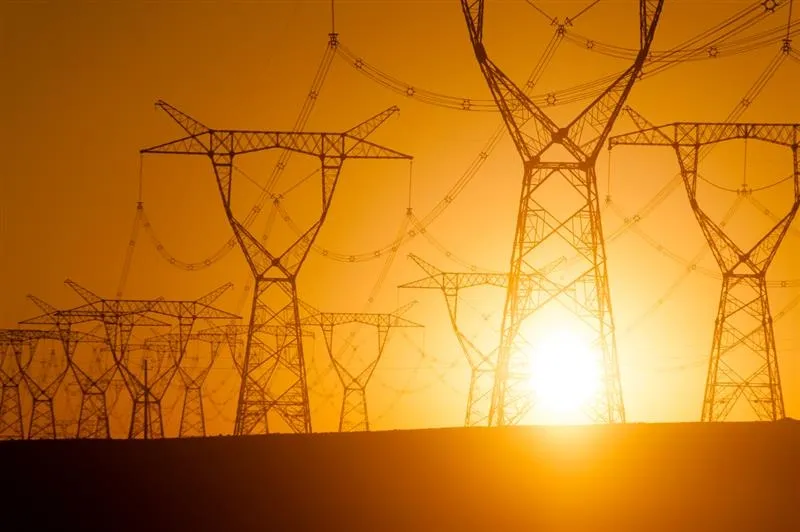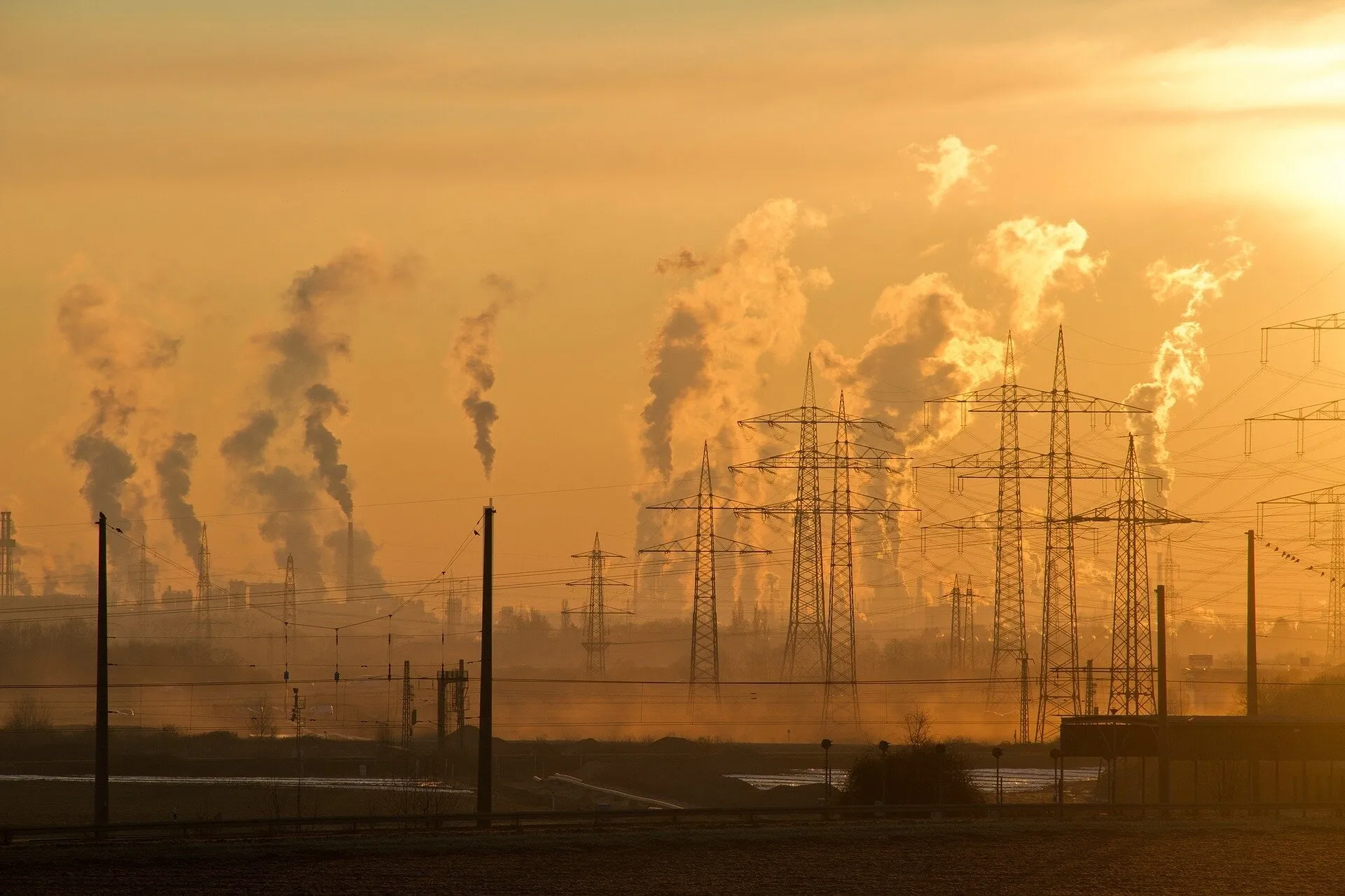Climate Change Impacts on Building Energy Use and Retrofits
Assessing the Impacts of Climate Change on Energy Use and Retrofit Potential of Institutional Buildings at the University of Toronto St. George Campus
Student Lead: Jia Zhe (Joey) Liu
Supervisor: Marianne Touchie
This project investigates the impacts of climate change on campus building energy use and the potential for retrofit measures to improve buildings’ climate resilience. Toronto, the largest urban area in Ontario consisting of dense high-rise buildings, has already experienced a higher surface air temperature than the surrounding residential and open areas due to the negative impacts of the urban heat island (UHI) effect. Therefore, the added effect of UHI on top of climate change can further exacerbate temperature extremes in the urban microclimate. The future weather file used in this project was generated for 2040 to 2049 (2040s) by SENES Consultant Limited in 2011. The anticipated temperature rise with a changing climate could result in less heating demand but more cooling demand. Since electricity in Ontario is predominately generated from nuclear and hydro power, less natural gas use for space heating and more electricity use for space cooling could reduce campus building greenhouse gas (GHG) emissions to some extent. In order to meet challenges of climate change and alleviate global warming concerns, the University of Toronto has set a 2030 goal to reduce campus greenhouse gas emissions by 37 percent in relation to 1990 baseline.
The Fields Institute, for mathematical sciences, was selected for this case study because it generally represents the campus buildings that have a mixed use of research offices and lecture halls. A building energy simulation was developed using OpenStudio to analyze the changes in building heating and cooling energy requirement and the associated GHG emissions. In addition, a simplified energy model was developed using RETScreen to investigate how well a screening tool like RETScreen can be used to make a high-level building energy assessment of climate change effects and potential retrofit measures. A variety of energy conservation measures including building envelope retrofits and mechanical system optimization were tested in the calibrated energy models to compare their effectiveness under future weather conditions.

Climate Change and Wind Loading in the Built Environment
Impact of Climate Change on Wind Loading on the Built Environment – Employing Climate Simulation and Computational Fluid Dynamics Across Scales
Student Lead: Jack Wong
Supervisor: Oya Mercan, Paul Kushner
A key challenge in modern engineering practice is to incorporate the anticipated impacts of climate change in the design of built infrastructure. Global climate models provide information on large scales (terrain and greater scales) that must be brought down to the urban scale (neighbourhood/downtown core scales) to be actionable in design decisions. In this project, the relationships between climate models and computational fluid dynamics (CFD) models is studied, with a focus on how surface wind information is propagated from climate models to CFD models through the atmospheric boundary layer interface.
Terrain-scale output from a set of regional climate models (CMIP5 and CMIP6) will be used to analyze changes in wind extremes associated with climate change. The climate change signal will be quality controlled and statistically adjusted to provide a range of plausible scenarios for CFD simulations. At the end, the signal will be translated to wind loads on buildings through CFD simulations. The analysis will be performed for different locations, including downtown core of Toronto and other urban centres, with the aim to evaluate the vulnerability of our infrastructure.
A focus on the dual scales will enhance the accuracy of both wind tunnel simulations as well as climate model predictions. This project promises to be a unique and important contribution to bridge the gap between climate science and wind engineering.

Climate Change Impacts on Ontario Electricity Reserve Margin
Assessing Climate Change Impacts on Ontario’s Electricity Reserve Margin
Student Lead: Elise Lagacé
Supervisor: Daniel Posen, Heather MacLean
Failure to account for climate attributed capacity reductions, coupled with increased peak demand due to climate impacts may cause unanticipated electricity shortages. The effects of climate change on electricity systems are poorly understood. This forces system operators and authorities to assess infrastructure reliability and capacity planning based on historical climate conditions. So far, there has been no comprehensive effort to assess the impacts of climate change on Ontario’s overall electricity generation portfolio and potential capacity deficits.
This project will investigate the potential effects of several major climate change impact pathways on Ontario’s future demand and capacity based on the “business-as-usual” climate change scenario (RCP 8.5) for the period of 2020 to 2040. The main climate change variables considered are temperature, humidity, air pressure, drought, and flooding. This research will consider both demand side and supply side climate impact pathways. Supply side impact pathways include reduced generator capacity due to reduced cooling efficiency from increased temperatures and discharge water temperature limits. Demand side impact pathways include effects on summer peak cooling and winter peak heating requirements. The impact of electrification of transportation and heating on the demand curve will also be considered in separate scenarios. To quantify the impacts, a Monte Carlo simulation will be performed to determine the probability of Loss of Load (demand exceeding supply) on an hourly basis. This will be compared with current projections of Loss of Load, which were performed using historic climate scenarios. Results will demonstrate the significance of climate change and its importance for future capacity planning.

Impact of Alternative Fuel Vehicles with Climate Change
Evaluating the Environmental Impacts of Alternative Fuel Vehicles Under a Diverse and Changing Climate
Student Lead: Daniel Henrique
Supervisor: Daniel Posen, Paul Kushner
Postdoc Researcher: Xuesong Zhang
This research seeks to establish a relationship between different climate variables and vehicle energy consumption and emissions, with a focus on alternative fuel vehicles (AFVs). Using this relationship, the effectiveness of adopting AFVs to reduce energy consumption and resulting greenhouse gas (GHG) emissions will be evaluated for different regional climates under different climate change scenarios. The hypothesis is that climate and climate change will have a significant effect on the effectiveness of AFV adoption in reducing energy use and emissions, and countries with multiple distinct climate regions (such as Canada and the United States) will see a large variance in effectiveness between regions.
The initial phase of the research project involves conducting a comprehensive review of relationships between individual climate variables and total energy consumption from passenger vehicles. This includes both internal combustion engine vehicles (ICEVs) as well as AFVs. The second phase of the research project will assess a subset of specific relationships between climate variables and vehicle energy consumption. Detailed climate data can be combined with current engineering knowledge to estimate the impact climate change will have on ICEV and AFV energy consumption, both at the individual and fleet-wide levels. Regional variations in climate within large countries will also be considered.

Using COVID-19 Effects on Travel to Plan GHG Reductions
From Covid-19 Effects on Travel Behaviour to Strategic Planning for Deep Reductions in Metropolitan Greenhouse Gas Emissions
Student Lead: Emily Farrar
Supervisor: Marianne Hatzopoulou
Collaborators: Daniel Posen, Shoshanna Saxe, Marianne Touchie
Early evidence from COVID-19 stay at home guidelines have revealed stark reductions in the number of vehicles on the road, including reductions in transportation-related greenhouse gas (GHG) emissions in large metropolitan areas. An important lesson was uncovered by the global pandemic; that changes in human behaviour can achieve a measurable and substantial impact on metropolitan GHG emissions. This project aims at quantifying the impacts on GHG emissions of various initiatives that promote a shift in individual behavior. These include online shopping, telecommuting, as well as modifications in infrastructure and land-use/built-environments which promote active transportation and public transit use. Both transportation and building-related emissions will be quantified in the context of telecommuting. The knowledge generated by this project will help decision makers identify and design policies that can achieve deep reductions in GHG emissions.

Climate Change and Retrofits of Window Walls
Climate Change Impacts and Retrofit Potential of Window Wall for Improved Energy and Comfort Performance
Student Lead: Kelsey Eakin
Supervisor: Marianne Touchie
Collaborators: Daniel Posen, Shoshanna Saxe, Marianne Touchie
Early evidence from COVID-19 stay at home guidelines have revealed stark reductions in the number of vehicles on the road, including reductions in transportation-related greenhouse gas (GHG) emissions in large metropolitan areas. An important lesson was uncovered by the global pandemic; that changes in human behaviour can achieve a measurable and substantial impact on metropolitan GHG emissions. This project aims at quantifying the impacts on GHG emissions of various initiatives that promote a shift in individual behavior. These include online shopping, telecommuting, as well as modifications in infrastructure and land-use/built-environments which promote active transportation and public transit use. Both transportation and building-related emissions will be quantified in the context of telecommuting. The knowledge generated by this project will help decision makers identify and design policies that can achieve deep reductions in GHG emissions.

Impact of Air Quality on Public Health
Impact of Toronto air quality during extreme weather on public health under a changing climate
Student Lead: Xuesong Zhang
Supervisor: Daniel Posen, Paul Kushner, Marianne Hatzopoulou
Air pollution in metropolitan regions is a result of atmospheric chemistry interactions, which is co-driven by pollutant emissions and regional meteorology. Canadian Environmental Sustainability indicator has included nitrogen oxide (NOx), fine particulate matter (PM2.5), ozone (O3), etc. as the key pollutant released through human activities. Many studies found the co-occurrence of the extreme weather events and the extreme air quality events around the Great Lakes. In fact, extreme weather events such as heat waves would be detrimental to human and ecosystem health causing heat stroke, acute respiratory problems, sudden cardiac arrest due to excessive heat exposure. This study aims at studying overall health impact due to acute NOx, PM2.5 and O3 exposure during extreme weather events using regional chemistry transport model in business-as-usual and climate mitigating emission scenarios. We have also included current climate using the case study of year 2018 as well as an end-of-century scenario by considering pseudo global warming signals. This project aims at analyzing the interactions among air pollution, emission scenarios and climate change around the Greater Toronto and Hamilton area. It helps the public health sectors to identify pollution hotspots and plan emission mitigation strategy adaptive to the future.
